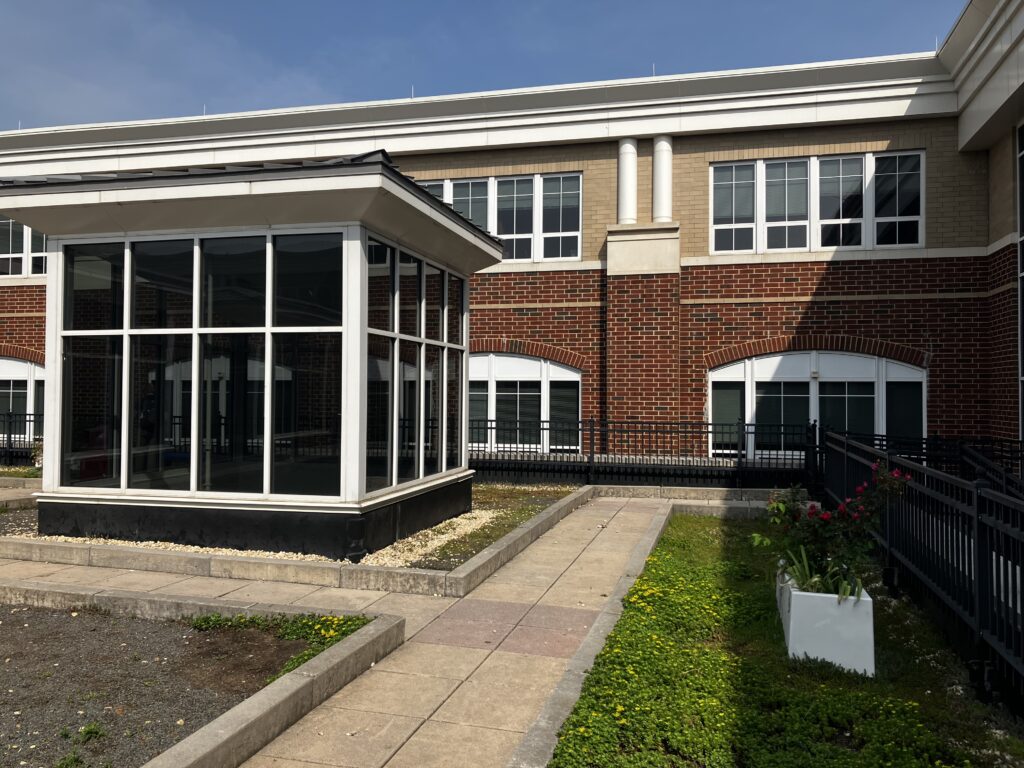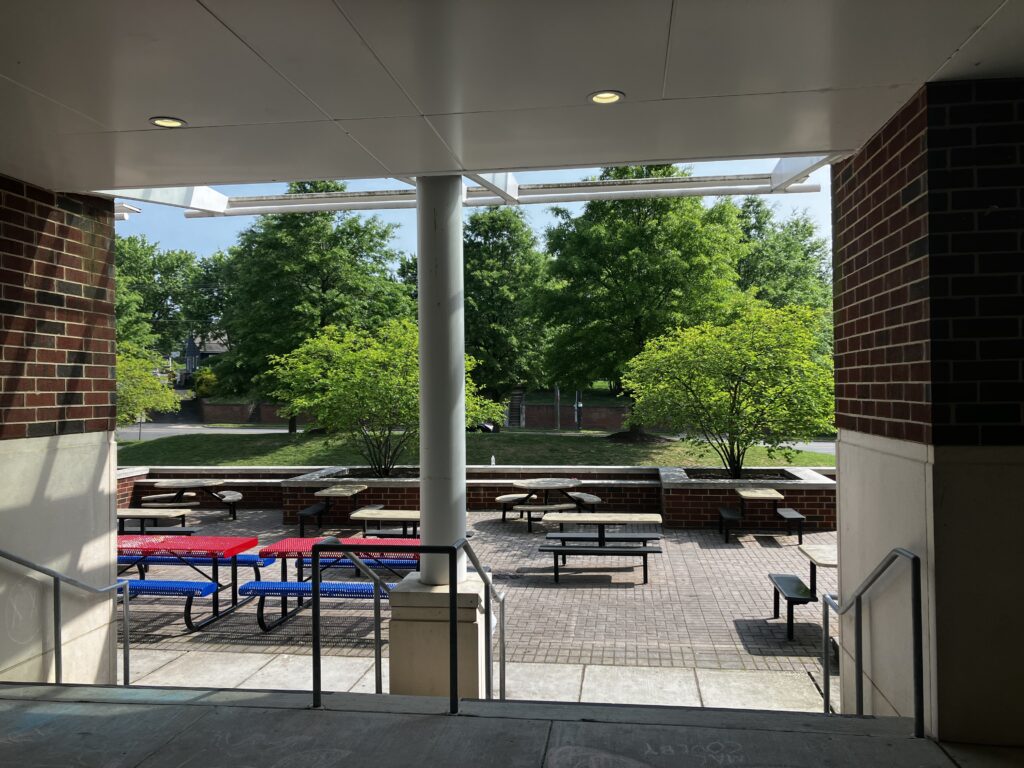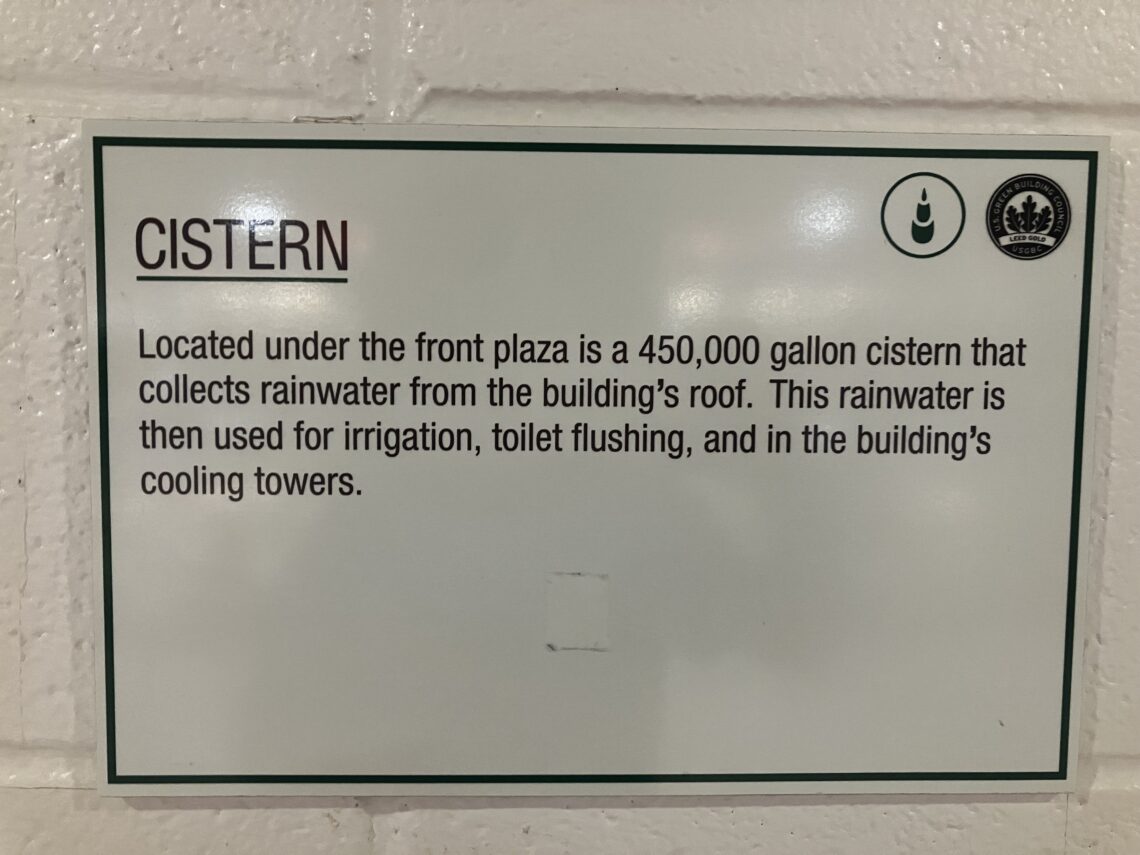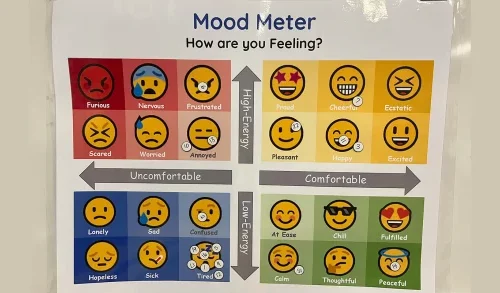Aaliyah Royster
Guest Contributor
As climate change continues to affect every community across the globe, many have started to ask themselves, “What can I do to help?”. If you attend Alexandria City High School, the answer is just beneath your feet.
If you have walked the halls of ACHS, you have probably seen small plaques claiming that the school is “Leadership in Environmental and Energy Design Certified” or pointing out a “green” feature of the school’s design. Although few pay attention to these claims now, they were pivotal in the development and design of the current school building, which opened in 2007. In 2002, a group of Alexandria residents called Alexandrians for Green T.C. lobbied to the school board calling for a “green” new school building with an “environmentally healthy design”, according to School Construction News. The cost savings of environmentally sustainable infrastructure was enticing to the school board and they agreed to implement “green designs”.
Even now, almost 20 years later, most of that green infrastructure is still on campus. The rooftop garden, where many students enjoy lunch, was originally constructed to filter air, be a space for culinary classes to grow herbs, and lower heating and cooling costs. Electricity consumption and cost are lowered because “More than 70 percent of the regularly occupied interior spaces have direct views of the outdoors and access to natural daylight” according to School Construction News. Unfortunately, a huge water and cost saving piece of technology, which broke several years ago, has yet to be repaired and is rotting six-feet underground.

The rooftop garden was introduced as a way to cut heating and cooling costs and improve air quality.
The 450,000 gallon cistern ―or large tank― buried underground in the front plaza on the side of the school facing King Street, provided the school with more than 5 million gallons of water a year. When used with the school’s water-saving no-flush urinals, it has been estimated to save 6 million gallons of water from being used each year, and according to Mark X. Burke, retired Director of Planning and Construction for Alexandria City Public Schools, the cistern could save the school $30,000-$40,000 each year. The cistern collects rainwater and pumps it to various locations in the school. Before the system broke, that water was flushing toilets and watering plants over and over again. Since the system broke, the school has been using the city’s water supply. After the cistern stopped working several times after repairs were made, John Finningan, Direct of Educational Facilities for ACPS, made a statement in January 2022, saying, “Several years ago, the cistern stopped working…It was clear that a major investment was required to address all of the issues with the system. This investment has not yet been made and we have used city water exclusively since that time.”

Just below the front plaza of the King Street campus lies a 450,000 cost and water saving gallon that is no longer in use.
Some are skeptical as to whether or not repairing the cistern is worthwhile. Mark Eisenhower, a retired administrator at ACHS who spent time working on the building and other schools in ACPS says, “I am not sure [if it’s worth it]. I’d have to see what the real savings in the water is and then how much the water costs and is that worth it. I personally think efficiencies in the heating and air conditioning would give you more money because we use that a lot more.” Eisenhower says, “It’s in the budget to be done in the future, but it’s one of those things that the central office has to get involved in and it’s a pretty large investment to get it working again.” He also says that the cistern and other environmental projects within the school have been a learning experience and have paved the way for better, more effective environmental projects in newer school buildings, like, “the new Minnie Howard building [which] is supposed to be a net-zero building” and the new Douglas MacArthur building.
ACPS’s failure to repair the cistern, which could save the school millions in terms of gallons of water and dollars spent, is impermissible when much of the world is in heated debates over climate change and global warming. The school should no longer be able to simply neglect the tank and hide it underground. The benefits of this cistern far outway the cost and time it takes to repair the system. In the interest of saving money and having a smaller impact on the environment and the health of the fragile ecosystems near the ACHS campus, it is crucial that action is taken to repair the cistern and have it running again.






